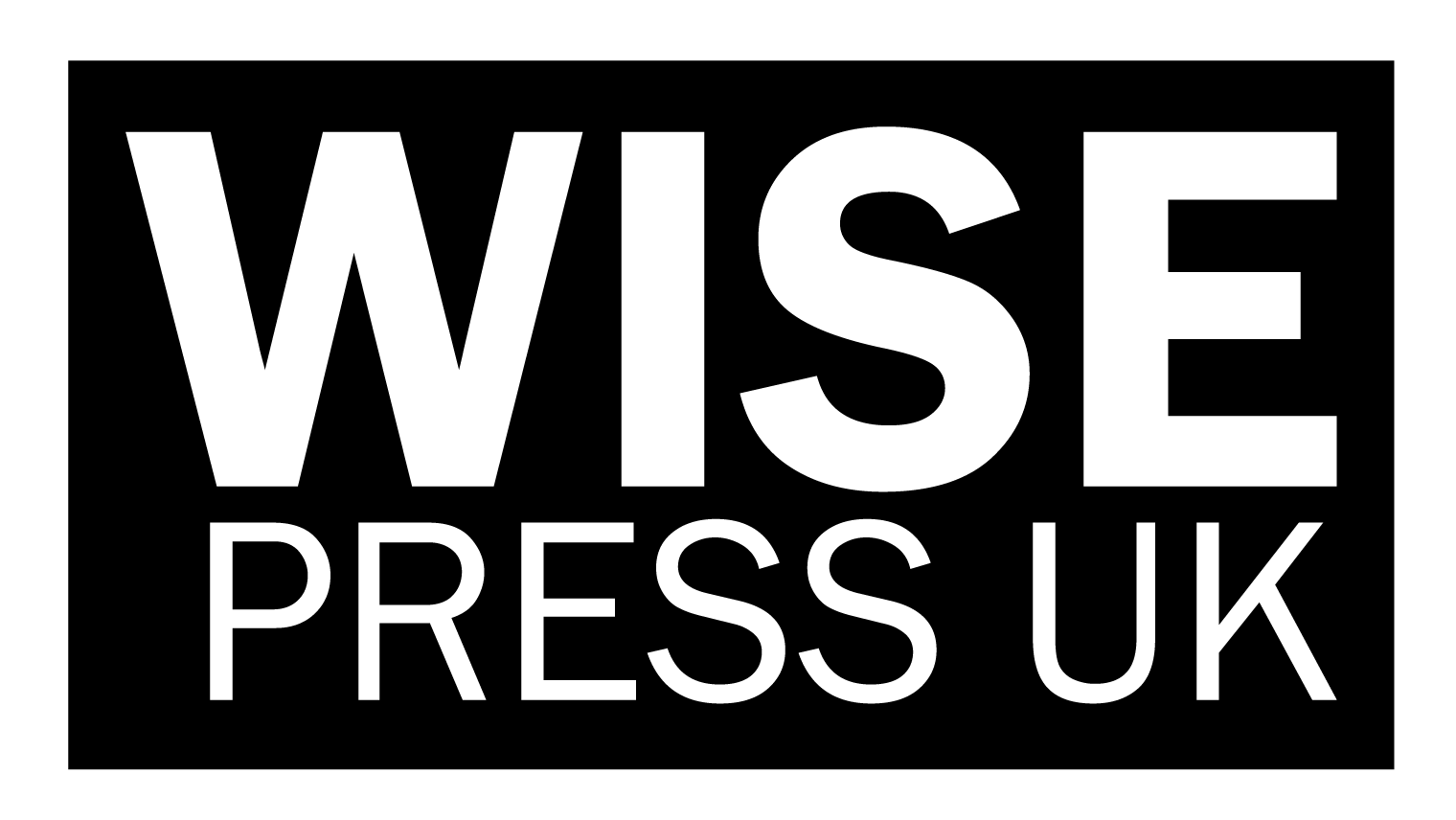A Contrastive Analysis of Emirati and Modern Standard Arabic
DOI:
https://doi.org/10.61707/wzqgvs56Keywords:
Diglossia, Colloquial Arabic, Contrastive Analysis, TESOL, L1 InterferenceAbstract
This qualitative study employs contrastive analysis to explore the linguistic differences between Emirati Arabic (EA) and Modern Standard Arabic (MSA). Emirati Arabic, a colloquial variant of MSA, is seldom written, complicating the collection of raw data. To address this, we gathered authentic written samples from local Emiratis via their WhatsApp messages, capturing everyday digital communication. These messages were then analyzed to identify common lexical, grammatical, and morphological discrepancies between EA and MSA. By examining these differences, the study aims to illuminate the challenges faced by Emirati speakers in mastering MSA and to predict potential errors when learning English as a Second Language (ESL). This research underscores the significance of understanding diglossia within the UAE's linguistic landscape and suggests that proficiency in EA impacts learning MSA and ESL. The findings advocate for more nuanced language teaching strategies that consider the unique linguistic context of Emirati learners. This pilot study sets the stage for a broader investigation into the implications of diglossia on language acquisition in the UAE.
Downloads
Published
Issue
Section
License

This work is licensed under a Creative Commons Attribution-NonCommercial-NoDerivatives 4.0 International License.
CC Attribution-NonCommercial-NoDerivatives 4.0




